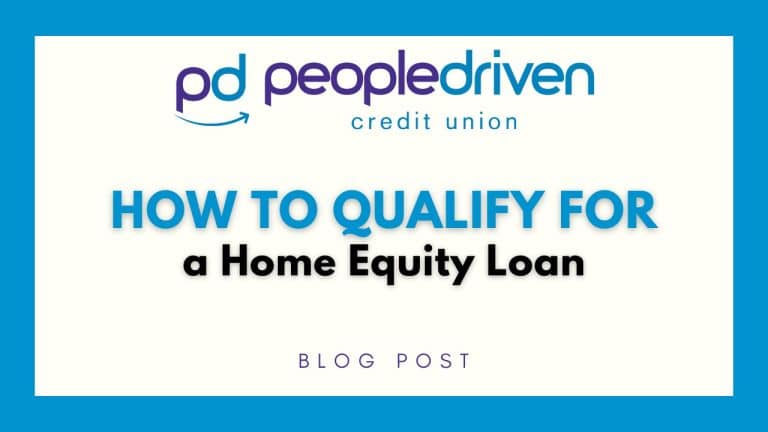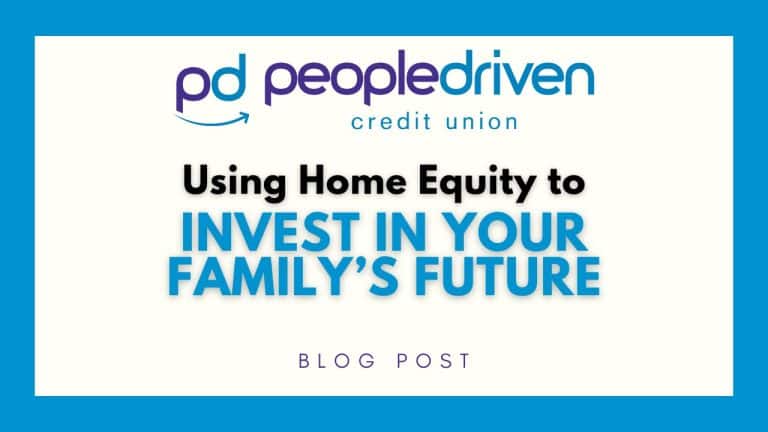
HELOC vs. Fixed Term Home Equity Loan: Which is Right for You?
Suppose you’re considering tapping into your home’s equity to fund a renovation, consolidate debt, or cover other significant expenses. In that case, you’ve likely come across two main options: a Home Equity Line of Credit (HELOC) and a Fixed Term Home Equity Loan. While both allow you to leverage the value of your home, they offer different advantages depending on your financial needs and situation.
In this post, we’ll break down the differences between these two loan types to help you determine the right fit for your goals.
1. Understanding the Basics
Before diving into the details, here’s a quick overview of each option:
HELOC (Home Equity Line of Credit): A HELOC functions much like a credit card, offering you access to a revolving line of credit. You can borrow as much as you need (up to your approved limit) during the “draw period” and only pay interest on the amount you use. Once the draw period ends, you’ll start repaying the principal and interest.
Fixed Term Home Equity Loan: Also known as a second mortgage, a Fixed Term Home Equity Loan provides you with a lump sum upfront. You’ll repay the loan over a set period with a fixed interest rate, which makes your monthly payments predictable.
2. Interest Rates and Flexibility
HELOC:
Interest Rate: HELOCs typically have variable interest rates, meaning your rate (and monthly payment) can fluctuate over time based on market conditions. This can be good or bad, depending on how interest rates shift.
Flexibility: One of the benefits of a HELOC is its flexibility. You can borrow as little or as much as you need, and since it works like a line of credit, you can dip into it multiple times during the draw period. This makes it ideal for projects with unpredictable costs or ongoing expenses.
Fixed Term Home Equity Loan:
Interest Rate: With a Fixed Term Home Equity Loan, the interest rate is fixed, meaning it won’t change over time. This makes it easier to budget, as your payments will remain the same throughout the life of the loan.
Flexibility: Unlike a HELOC, this loan type isn’t as flexible. You receive the full loan amount upfront, and once you start making payments, there’s no option to borrow additional funds without taking out a new loan.
Which is better?
If you prefer the stability of fixed payments and don’t want to worry about fluctuating interest rates, a Fixed Term Home Equity Loan is a solid choice.
A HELOC offers more flexibility if you need ongoing access to funds and are comfortable with a variable rate.
3. Repayment Terms
HELOC:
Draw Period: Most HELOCs come with a draw period of 5-10 years, during which you can borrow from the line of credit. During this time, you may only be required to make interest payments on what you’ve borrowed.
Repayment Period: After the draw period, you enter the repayment phase, where you’ll start paying back both the principal and interest. This phase typically lasts 10-20 years.
Fixed Term Home Equity Loan:
Repayment: With a Fixed Term Loan, you start repaying the principal and interest immediately after receiving the lump sum. The repayment period is fixed, typically ranging from 5 to 30 years, depending on the loan terms.
Which is better?
A Fixed Term Home Equity Loan is ideal if you want a set repayment schedule with predictable monthly payments.
A HELOC offers more adaptable repayment terms if you prefer a more flexible structure. You can choose when to borrow and only pay interest first.
4. Best Use Cases
HELOC:
Home Renovations: If you’re working on a renovation project where costs might vary or occur over time, a HELOC is perfect for covering those expenses. For example, if you’re remodeling your kitchen in phases or planning multiple smaller projects, a HELOC allows you to borrow incrementally.
Emergency Expenses: A HELOC can act as a financial safety net. You can borrow when needed, whether for an unexpected medical bill, car repair, or another large, unplanned expense.
Fixed Term Home Equity Loan:
Debt Consolidation: If you’re consolidating debt, a Fixed Term Home Equity Loan is an excellent fit because you know exactly how much you need to pay off and can benefit from lower, predictable monthly payments compared to high-interest credit cards or personal loans.
Major Home Improvements: For large projects with a clear, defined cost—like replacing a roof, building an addition, or installing new windows—a Fixed Term Home Equity Loan gives you the lump sum upfront to pay for everything and locks in a manageable payment plan.
5. How to Choose the Right Option for You
Choosing between a HELOC and a Fixed Term Home Equity Loan depends on your financial situation and goals. Here are a few questions to help guide your decision:
- Do you prefer a fixed interest rate and predictable payments? If yes, the Fixed Term Home Equity Loan is likely your best bet.
- Do you want ongoing access to funds and flexibility to borrow as needed? If so, a HELOC might be the right choice for you.
- Are you facing a large, one-time expense? A Fixed-Term Home Equity Loan will provide the funds to cover it, with the security of a fixed repayment schedule.
- Are you expecting multiple expenses over time? A HELOC allows you to borrow at your own pace, offering flexibility as needs arise.
Ready to Explore Your Options?
Whether you’re looking to fund a renovation, consolidate debt, or access emergency funds, People Driven Credit Union is here to help. We offer HELOCs and Fixed Term Home Equity Loans, each with competitive rates and terms designed to meet your financial needs.
Still not sure which one is right for you? Visit our Home Equity Loan page or speak with one of our financial experts today to explore your options and find the best fit for your goals.






